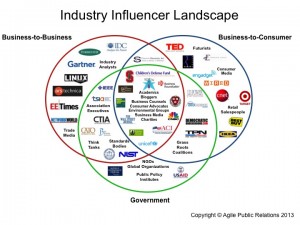
Canva.com
I write around this subject a lot but never hit it straight on. I call out the importance of building a growth hypothesis, driving discovery, channel strategy, and more. All share a common denominator, and that is cash. Too many early-stage natural product brands are capital inefficient. That inefficiency is the number one killer of promising young brands. The cause is known, and it is not the fault of distributors or retailers. Indeed, they contribute, but the actual reason is a lack of understanding on the part of founders. Tough love here, but too many of you don’t grasp the economic fundamentals of your business. That lack of understanding leads to bad decision making.
Here is what you must clearly understand: unit economics, channel economics, and the effect both have on cash. Starting with unit economics, be clear on your baseline COGS. Know what contributes to the final cost, such as ingredients, packaging, and tolling/processing. Once you establish that baseline, attack each with a mindset of continuous improvement. You must have a line of sight as to what changes can be made to drive out costs. When I ask this question, the most common answer I get from founders is volume. Frankly, that is weak. You should understand not only the impact your run size has on costs, but also investigate potential formula adjustments, purchasing options for packing and ingredients, and what if any process changes can be made. All can have a significant impact on the final number.
Channel economics also needs to be understood. This understanding includes the competitive landscape, retailer and distributor margins, trade spend, and logistics. I see a lot of backing into this rather than working forward. Let me explain. Most, not all, founders target a retail price first. Then back out the retailer margin and distributor mark-up winding up at a FOB dock price. That’s flawed logic. It leads to the all too often outcome where every unit sold is an investment. Not enough remains between the selling price and COGS to support trade spend and logistics and that’s before you add in expenses like marketing and SG&A.
An article that takes this to a solution would be far too long. So, I will offer you an oversimplified cliff notes version. Develop your annual sales unit projections. Take your budgeted expenses such as marketing and SG&A and divide them by your unit projections. Now you have clarity as to your expenses per unit. Add your COGS, layer on your channel costs such as trade spend, logistics, distributor mark-up, and retailer margin. What’s your retail price? Is it realistic or out of line? If it is the latter, explore options such as product formula, package size, channel strategy, etc.
What too many brands do is chase a mistaken definition of “traction.” They believe they need to show both retail door growth and velocity. I hear all the time, “I need to prove traction to get investors interested.” Here is the rub; trying to do that when you are capital inefficient leads to, in the best case, a need to raise more money than initially expected. Worst case, you run out of money long before you prove traction.
As an investor, I would want to see validation that you’ve figured out how to create traction with your targeted consumer in a capital-efficient manner.
Whether that is direct to consumer, in 50 outlets made of independent grocery and corporate campuses, or in 5,000 conventional grocery stores. That is not what matters to me. What I want to see is a proven model that is repeatable, scalable, and efficient. Demonstrate that, and I am interested.
Too many brands build in hopes of showing they can be the next unicorn. I believe most early-stage investors are more interested in brands that demonstrate they are capital efficient and, therefore, require less money to scale, which means less dilution.
Business & Finance Articles on Business 2 Community
(36)








